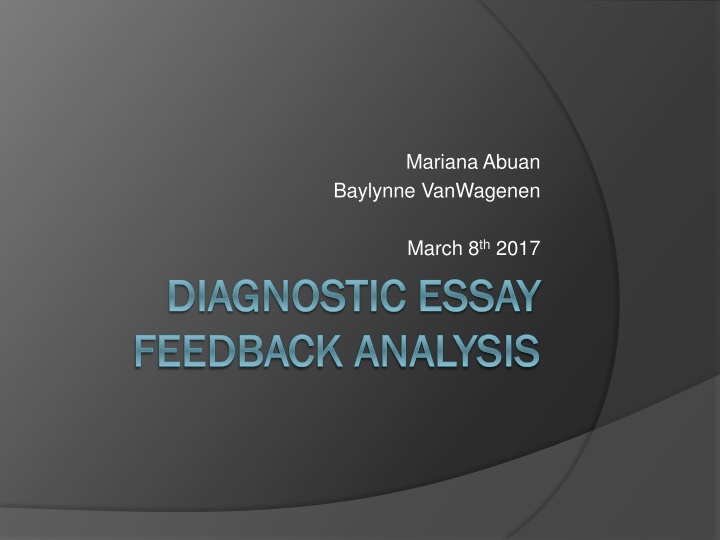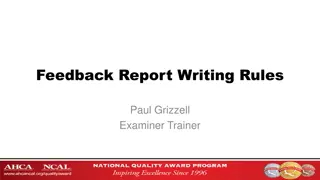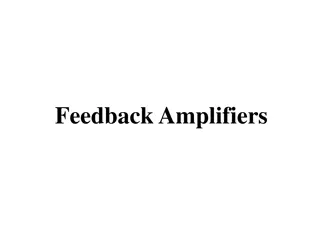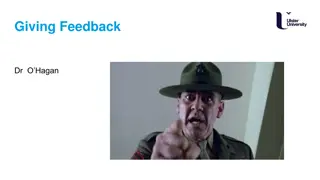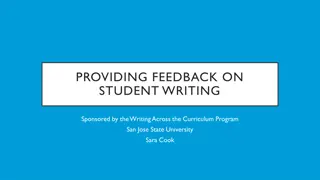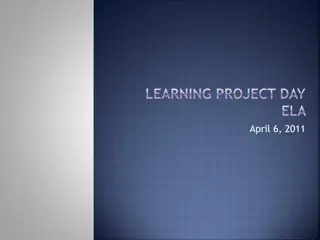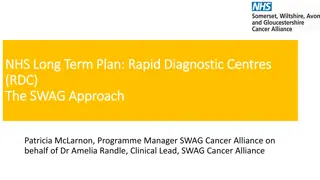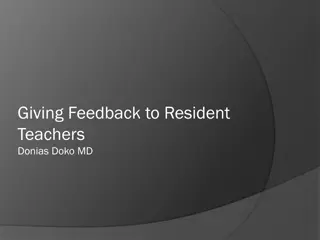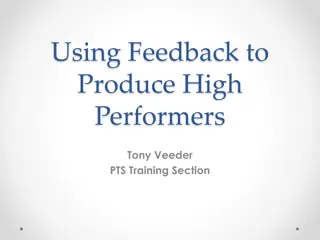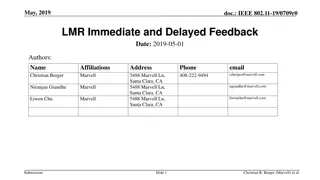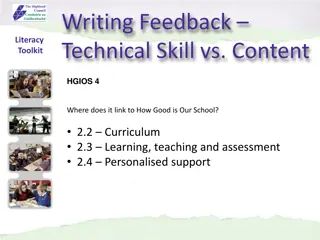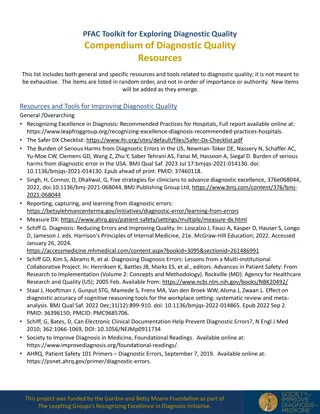Task Analysis in Writing: A Diagnostic Feedback Approach
This presentation delves into the importance of task analysis in instructional design, focusing on writing prompts. It emphasizes the need to gather evidence to evaluate the effectiveness of assessments and discusses a method using a Diagnostic Feedback Survey to align with teaching practices. The content explores key questions related to writing prompts and seeks to establish guidelines for instructional goals through task analysis.
Download Presentation

Please find below an Image/Link to download the presentation.
The content on the website is provided AS IS for your information and personal use only. It may not be sold, licensed, or shared on other websites without obtaining consent from the author.If you encounter any issues during the download, it is possible that the publisher has removed the file from their server.
You are allowed to download the files provided on this website for personal or commercial use, subject to the condition that they are used lawfully. All files are the property of their respective owners.
The content on the website is provided AS IS for your information and personal use only. It may not be sold, licensed, or shared on other websites without obtaining consent from the author.
E N D
Presentation Transcript
Mariana Abuan Baylynne VanWagenen March 8th2017 DIAGNOSTIC ESSAY DIAGNOSTIC ESSAY FEEDBACK ANALYSIS FEEDBACK ANALYSIS
Purpose This presentation will provide a case study focused on task analysis with writing. More broadly, we will feature a process of engaging structured input on designing meaningful and effective prompts.
Importance of Task Analysis Help us establish guidelines for instructional goals and objectives Understand the types of knowledge that characterize a job or task Develop instructional activities that foster learning Pair learning outcomes with the appropriate activity Learn more about faculty perspective on instructional activities
Source Material: The Writing Prompt
Gathering Evidence To Answer Key Questions We need to consider the results of the test within the context of its own curriculum and students by gathering evidence to answer key questions: How is writing represented in the text? Does it elicit a sample that adequately represents the students skills and abilities? Once the evidence is gathered from the investigation, it must be evaluated to determine if it is an adequate test (Source: Naming What We Know, O Day, p.160)
Method Assessment practices are a reflection of the values of the instructor, institution, or group behind the assessment. Assessment Committee sought to understand the extent to which our diagnostic writing prompts were a valid and reliable form of assessment, and one that reflects the values of our field and the teaching practices of our classrooms by designing a Diagnostic Feedback Survey. Open ended questions to identify a pattern rather than impose a pattern on instructors o Serves students, faculty, and the program Criteria can be gained through community and collaboration and faculty expertise o Privileges the local community
Diagnostic Feedback Survey 1. To what extent is the level of difficulty and style of writing in this reading sample similar to reading in WRI 1 / WRI 10? Are the prompt instructions clear in describing the task and basic expectations? In what ways does the task adequately represent the skills and tasks commonly practiced in a MWP composition course? Think in specific terms like: Reading and understanding a prompt/the task Employing an appropriate tone/language/writing to a specific audience Developing and organizing a logical response to authentic topics and issues? Incorporating/synthesizing a source in their own writing Other: Which two program learning outcomes are best elicited by this diagnostic prompt? Generally, how so? (Craft, Rhetoric, Research Ethics, Process, Collaboration) 2. 3. 4.
Results: Principles for Creating a Diagnostic Prompt Understand what will be possible for students to accomplish in the limited time frame. Identify the purpose of the prompt. Limit the scope of the prompt to reflect the skills/outcomes to be measured. Clarify students main task The prompt format should be considered and how it highlights and emphasizes the main task. Match the prompt to what faculty are already doing in their classrooms. Consider the language of the prompt and how students might understand it. Language of the prompt should mirror the language of course and program outcomes.
